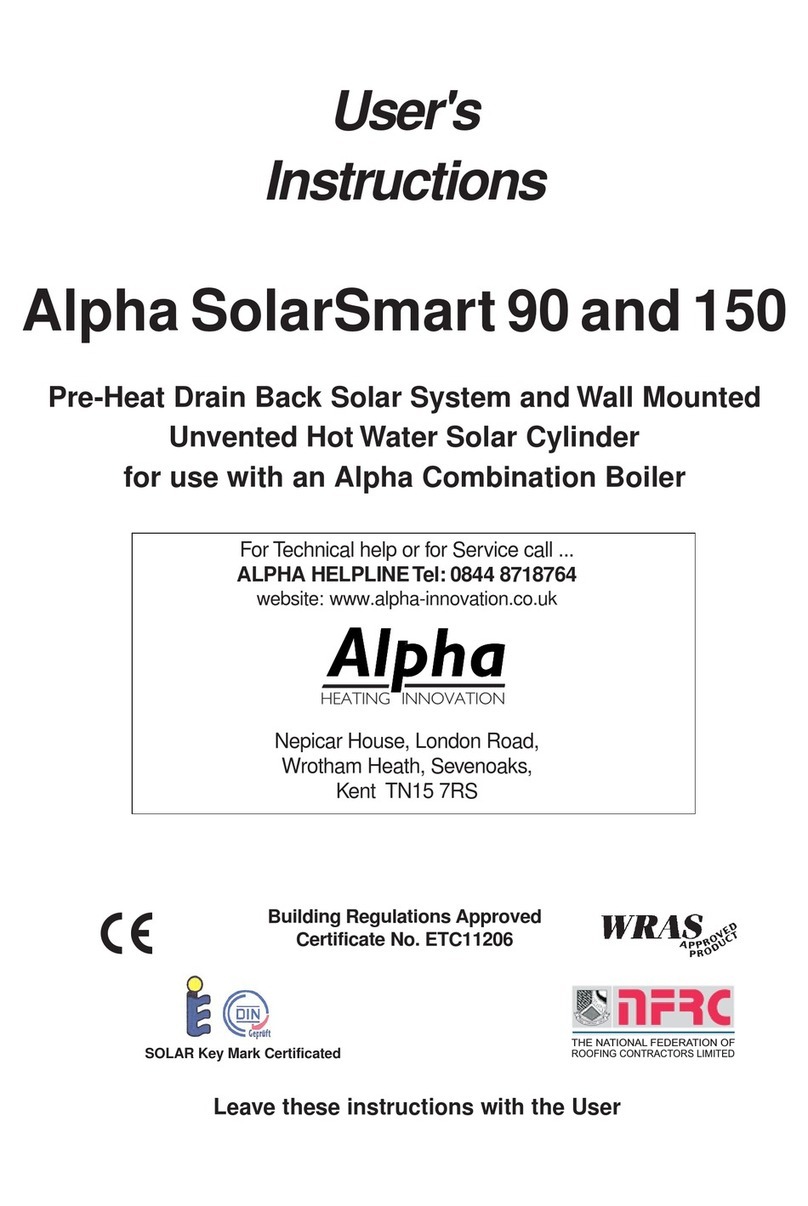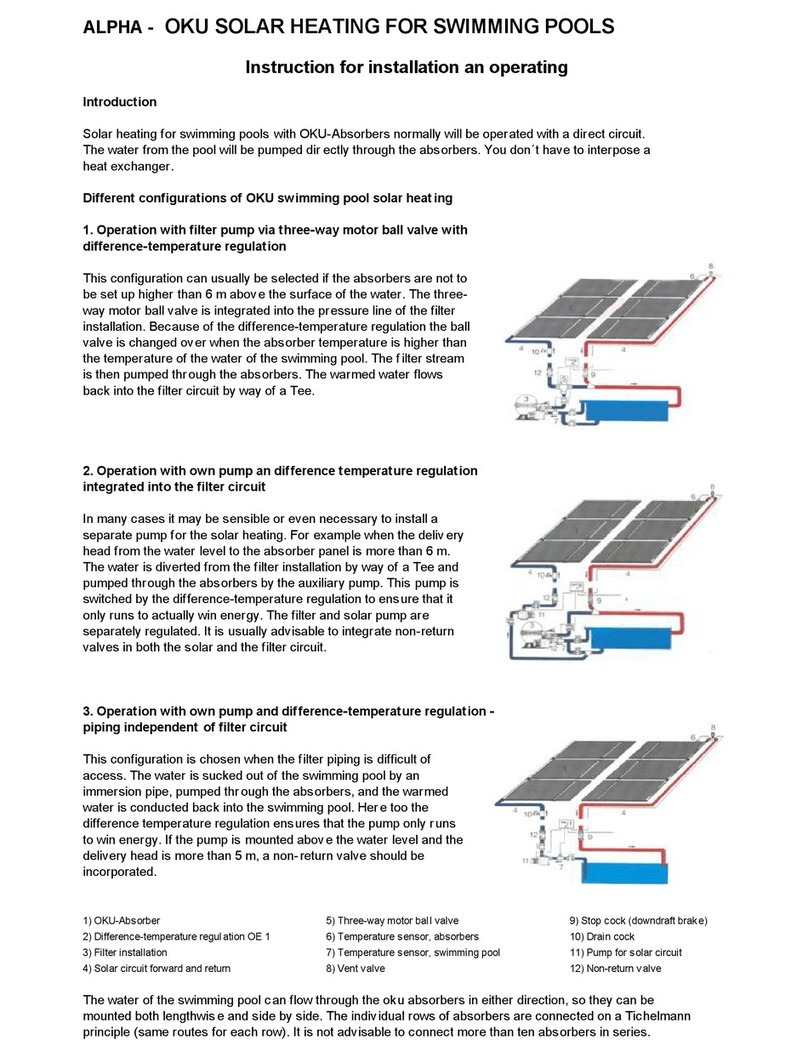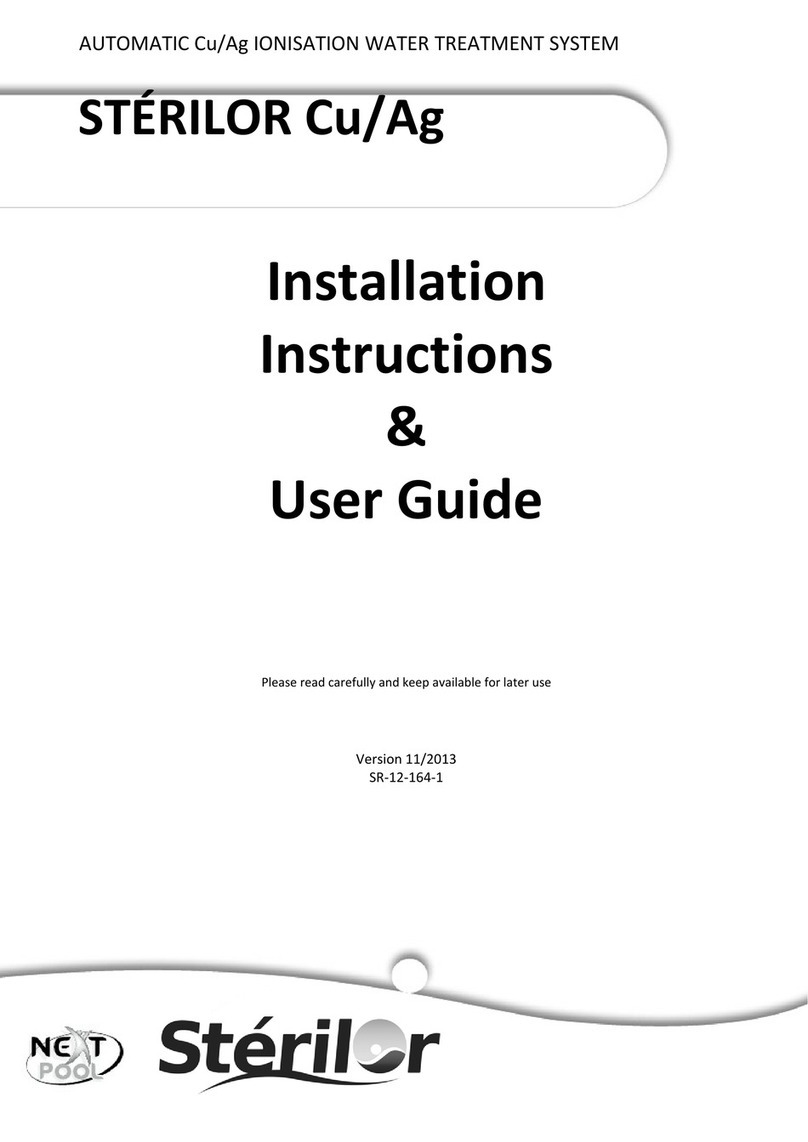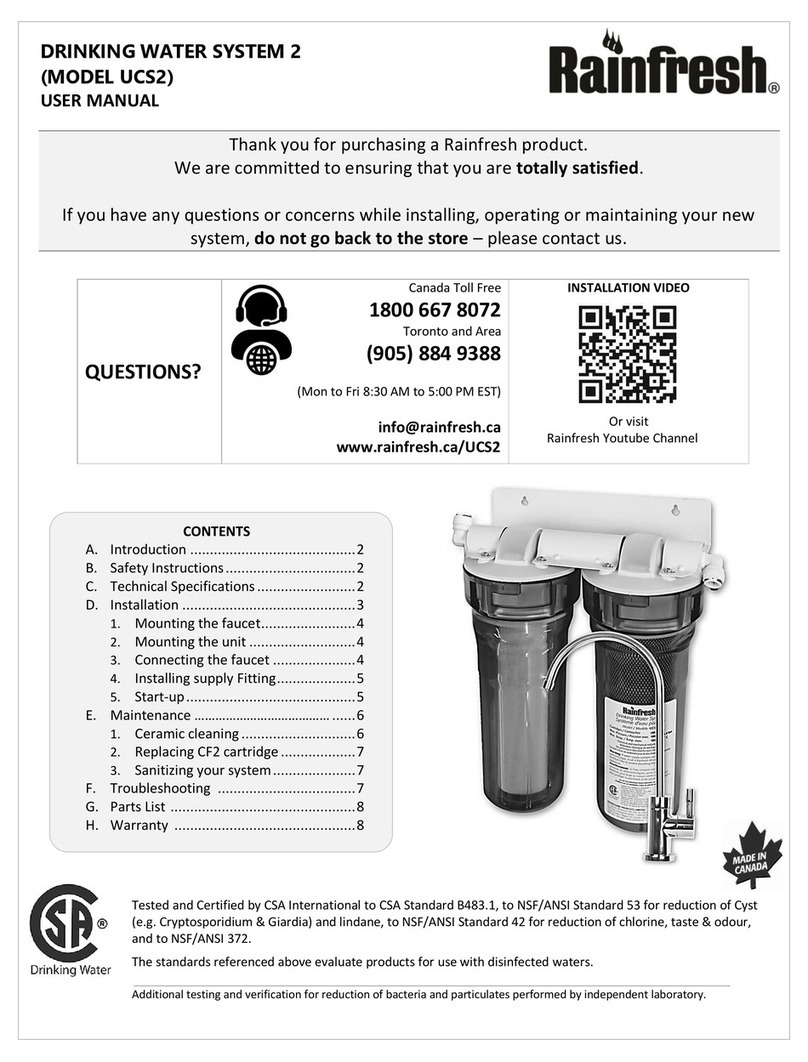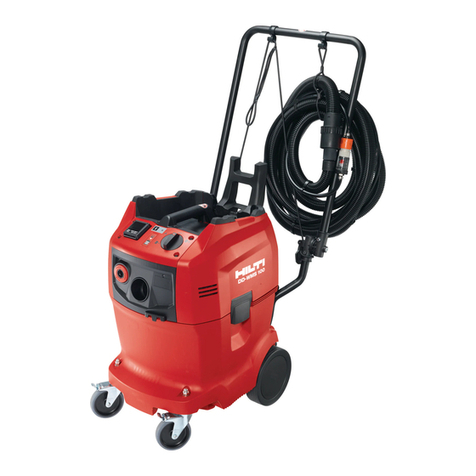
2Alpha SolarSmart 150 - Contents/Introduction
CONTENTS
1 Introduction ....................................... 2
2 Technicaldata ................................... 3
3 Generalinformation ............................ 6
4 Installation......................................... 12
5 Commissioning.................................. 17
6 Systemoperation............................... 19
7 Routineinspection ............................. 21
8 Componentreplacement .................... 21
9 Wiringdiagram ................................... 23
10 Diagnostics and fault codes ............... 24
11 Checklistforunventedstorage ........... 25
12 Parts list............................................ 26
13 Inspection history .............................. 27
The Alpha SolarSmart 150 system is a pre-heat drain back solar collector system which includes a floor standing 150
litre unvented cylinder to store water heated by the solar collector. The system must be used in conjunction with an
Alpha combination boiler fitted with the Alpha Solar valve which is supplied with the system.
The SolarSmart 150 system consists of a 150 litre cylinder, a flat plate drain back solar collectors, drain back unit,
unvented kit and solar valve. The 150 litre unvented cylinder is fitted with a pump and temperature sensors and is
supplied with a surface mountable control box. The drain back unit is fitted with a heat exchanger and pump.
The unvented kit must be fitted in the mains water supply to the cylinder. The kit includes a pressure reducing valve,
expansion vessel, expansion relief valve, check valve and a tundish. The solar valve must be fitted directly to the mains
water inlet of the Alpha combination boiler.
Note: In the northern hemisphere solar collectors should ideally face South. For more information see Section 3.6.
The solar collector is supplied in special packaging to protect it during transit. The four corners are protected with EPS
(polystyrene) caps and the exposed edges are protected with cardboard. The glass front and aluminium back panel are
exposed. The packaging is not intended to support the full lift weight of the collector.
When manually carrying the collector, always hold the exposed edges and not the packaging alone. The collector can
be lifted both horizontally and vertically.
The collector can only be carried using the lifting forks when on the original wooden pallet base.
IMPORTANT
This System has been approved to the Building Regulations for unvented hot water storage systems and the Local
Authority must be notified of the intention to install. Therefore the installation must be carried out by a person competent
to install unvented hot water systems.
The installation must be carried out in accordance with the following recommendations:-
All current Building Regulations issued by the Department of the Environment, i.e. Approved Document L1
Building Standards (Scotland) (Consolidation) Regulations issued by the Scottish Development Department
UK Water Regulations/Byelaws (Scotland)
Health & Safety Document No. 635 (The Electricity At Work Regulations 1989)
The installation should also be in accordance with the following British Standard Codes of Practice:-
BS 5449:1990 Forced circulation hot water systems
BS 5546:2000 Installation of hot water supplies for domestic purposes
BS 5918:1989 Solar heating systems for domestic hot water
BS 6700:2006 Design, installation, testing and maintenance of services supplying water
Failure to install this appliance correctly could lead to prosecution and will invalidate the guarantee. It is in your own
interest and that of safety to ensure that the law is complied with.
Manufacturer's instructions must NOT be taken in anyway as over-riding statutory obligations.
This appliance meets the requirements of IPX4D, i.e. degree of protection against moisture.
Reference should be made to Criteria for gas fired combination boilers used as after heaters in solar thermal systems
and BRE Solar heating UK:1981.
LightningProtection
Refer to BS6651 for lightning protection, however this does not give specific requirements for solar panels and
generally collectors mounted on non-metallic roof structures will not require lightning protection.
Advice should be sought if mounting on metallic roof structures or mounting in situations where the risk of strikes are high.
1 INTRODUCTION
For latest prices and delivery to your door visit MyTub Ltd - www.mytub.co.uk - [email protected] 0844 556 1818 











